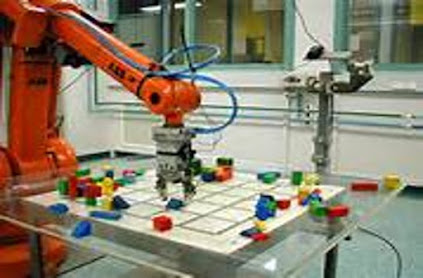Bonding and Grounding System

Bonding and Grounding “Bonding” refers to a common connection joining metal components to: Provide a low impedance ground fault path to trip a circuit protection device Prevent dangerous voltages from appearing on metal objects Provide a path for galvanic and DC stray currents “Grounding” is defined as a common connection to Earth for the purpose of: Lightning discharge System voltage stabilization Reducing static and RF interference Bonding or Grounding? Keep in mind that these terms are often used interchangeably in the current lexicon. We will be focusing primarily on “Bonding” in its classic sense but may also refer to some aspects of this as “Grounding” (e.g. the green wire is called the ground wire, but it’s actually a bonding wire by definition in most cases). Our Priority There are 3 areas we are focused on: Personal injury and Death, Fires, and Corrosion of underwater metals. Personal injuries and deaths occur less frequently but the consequences are cat...



